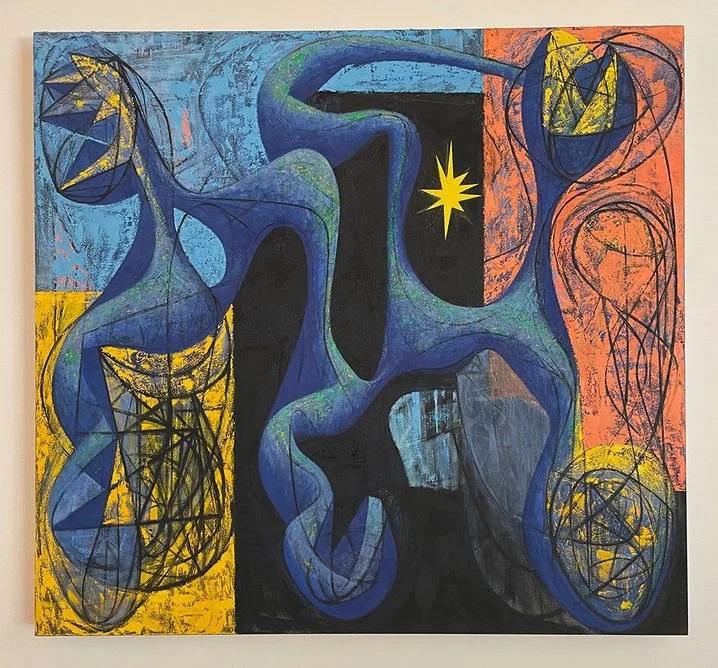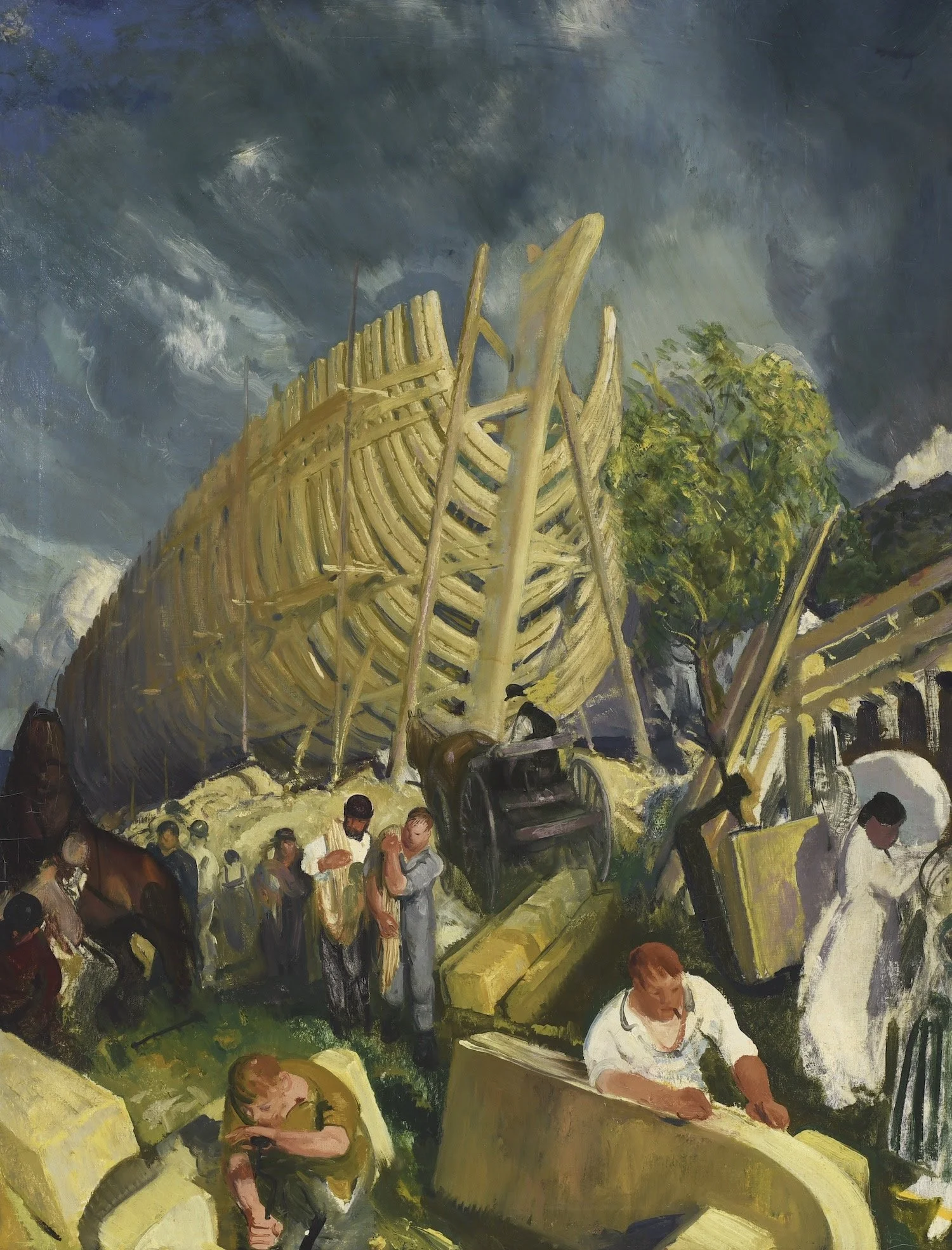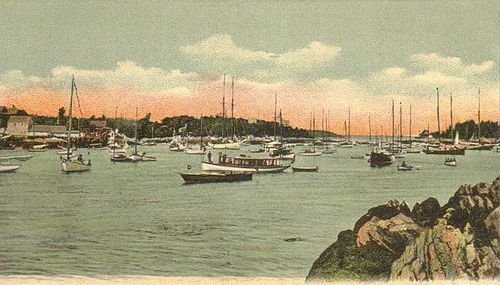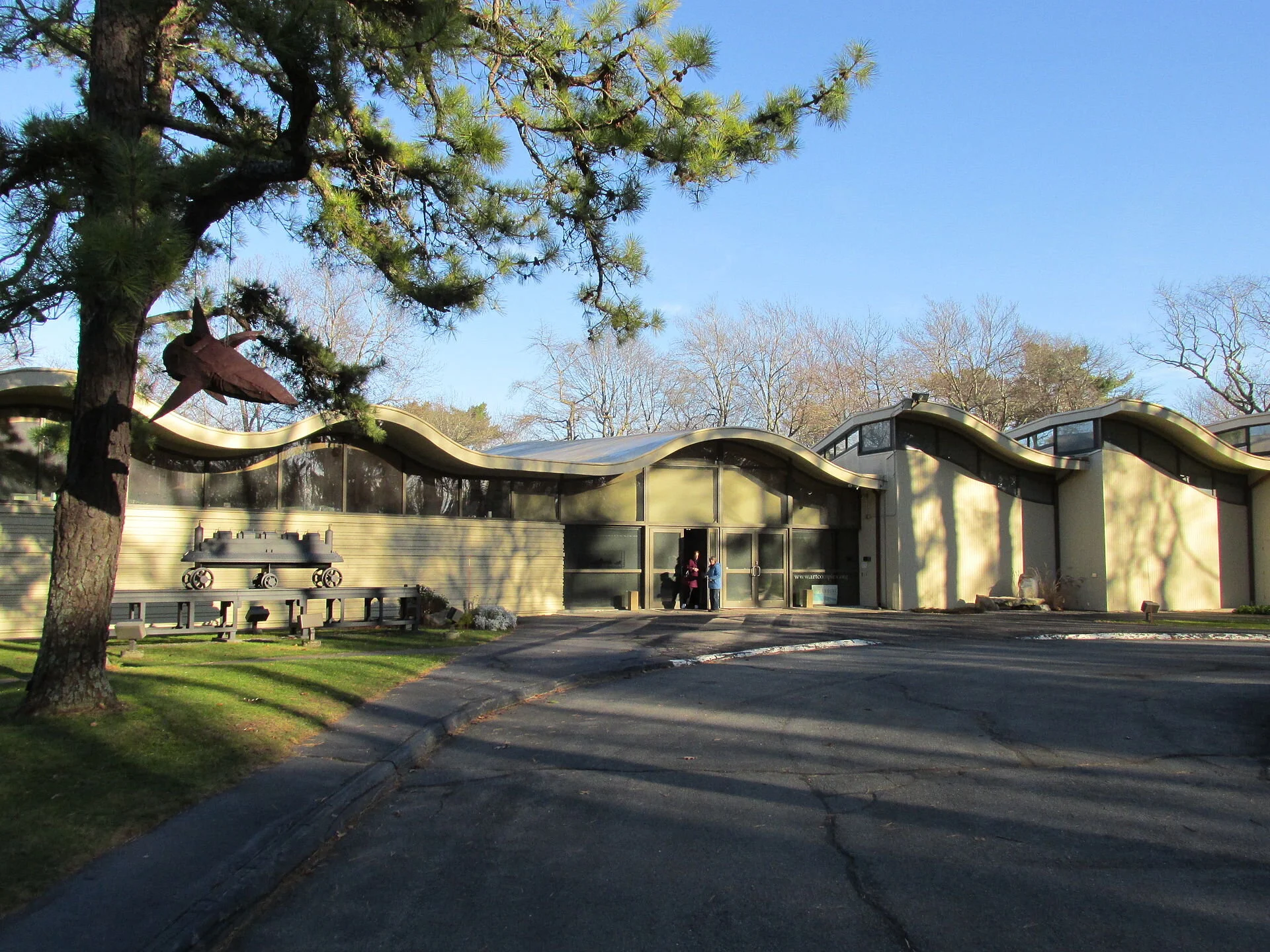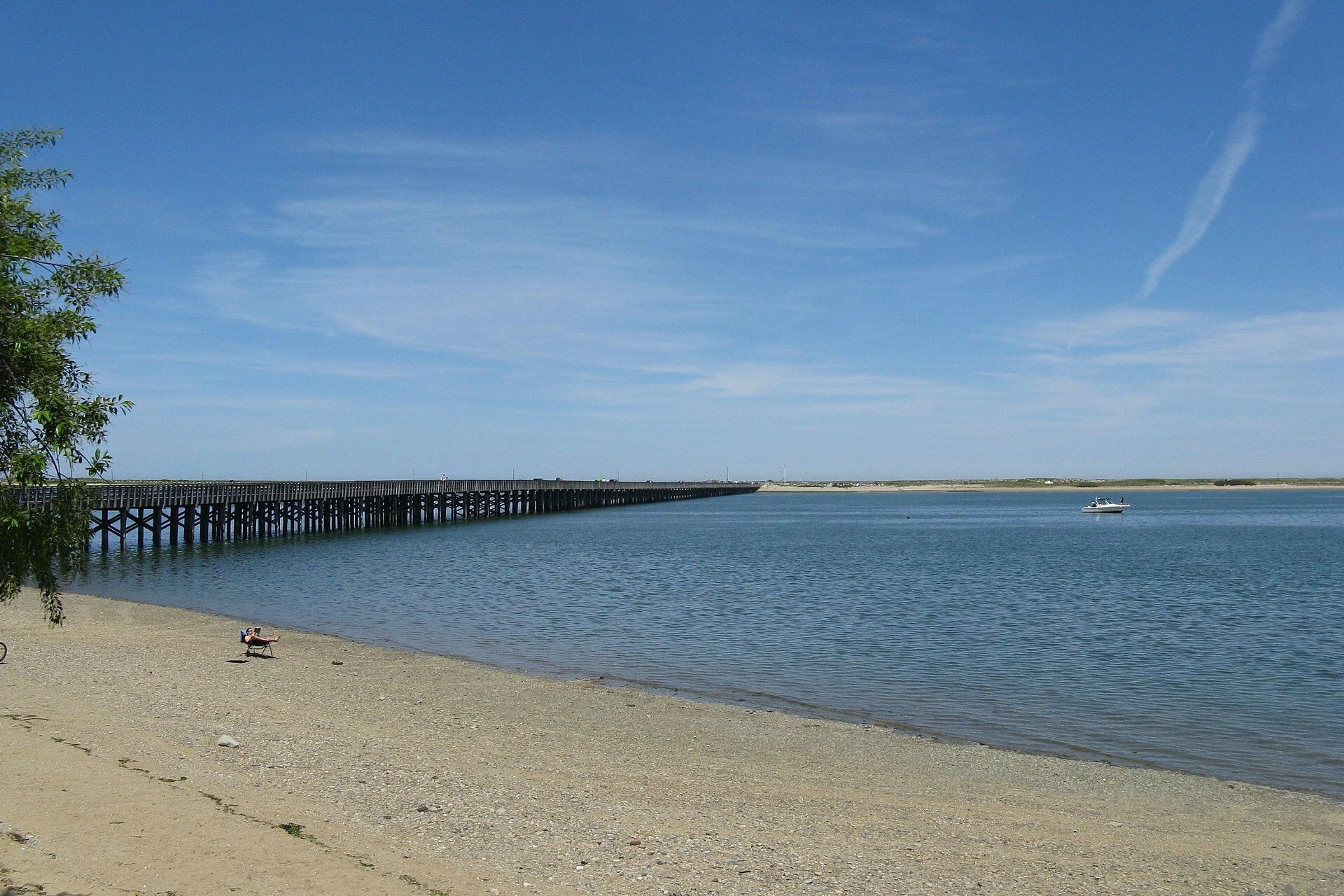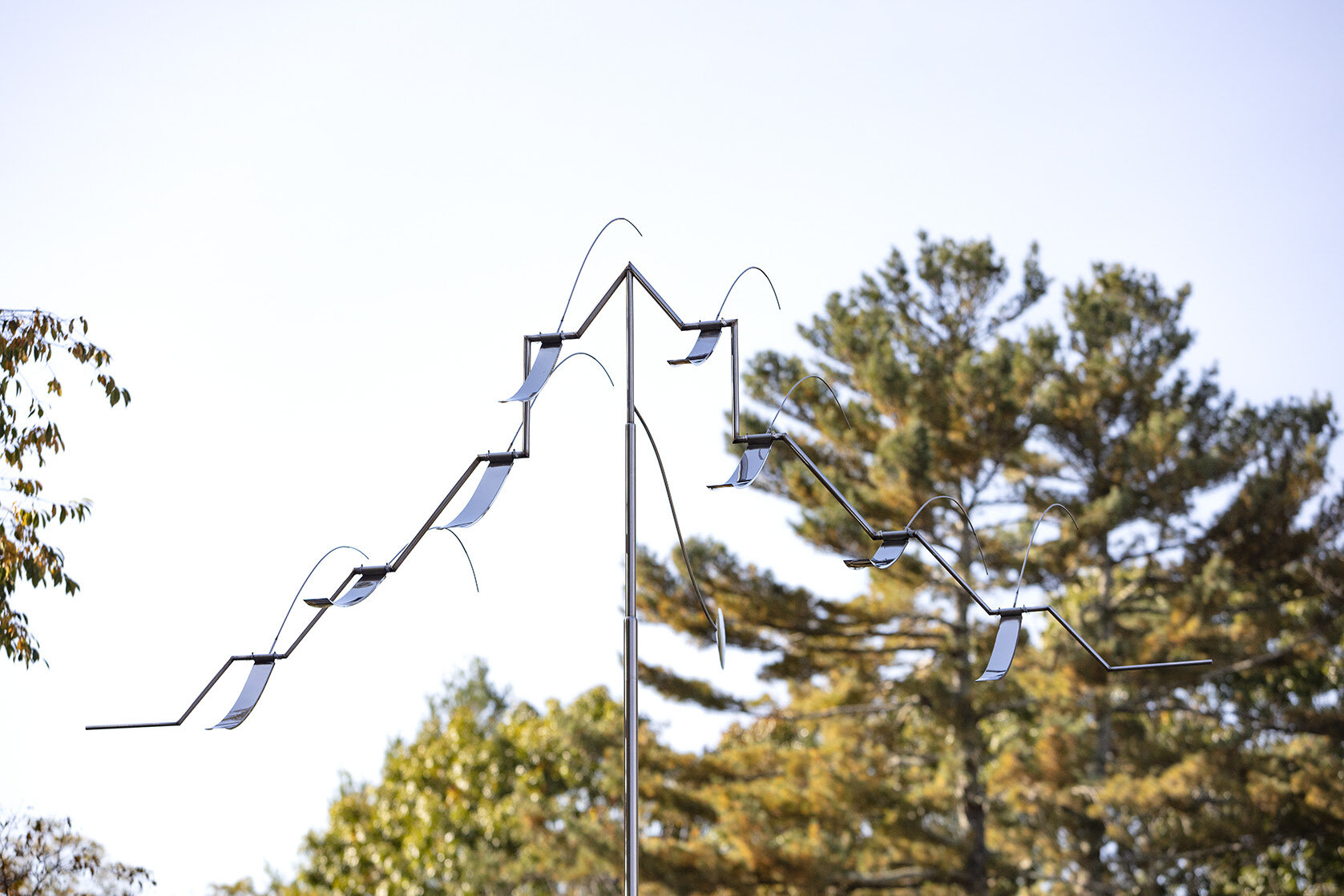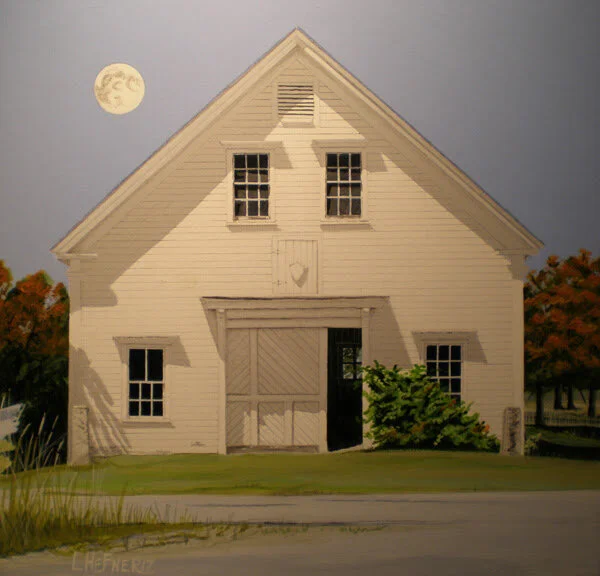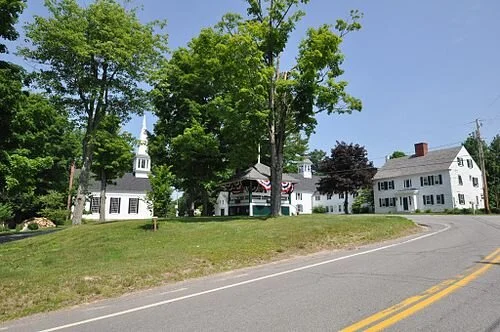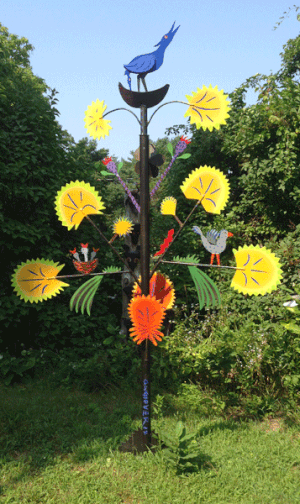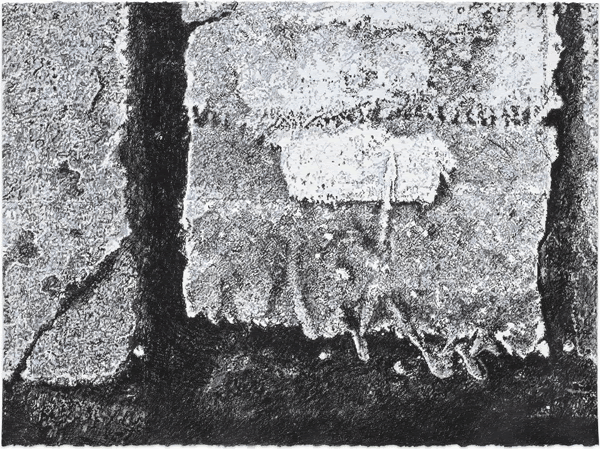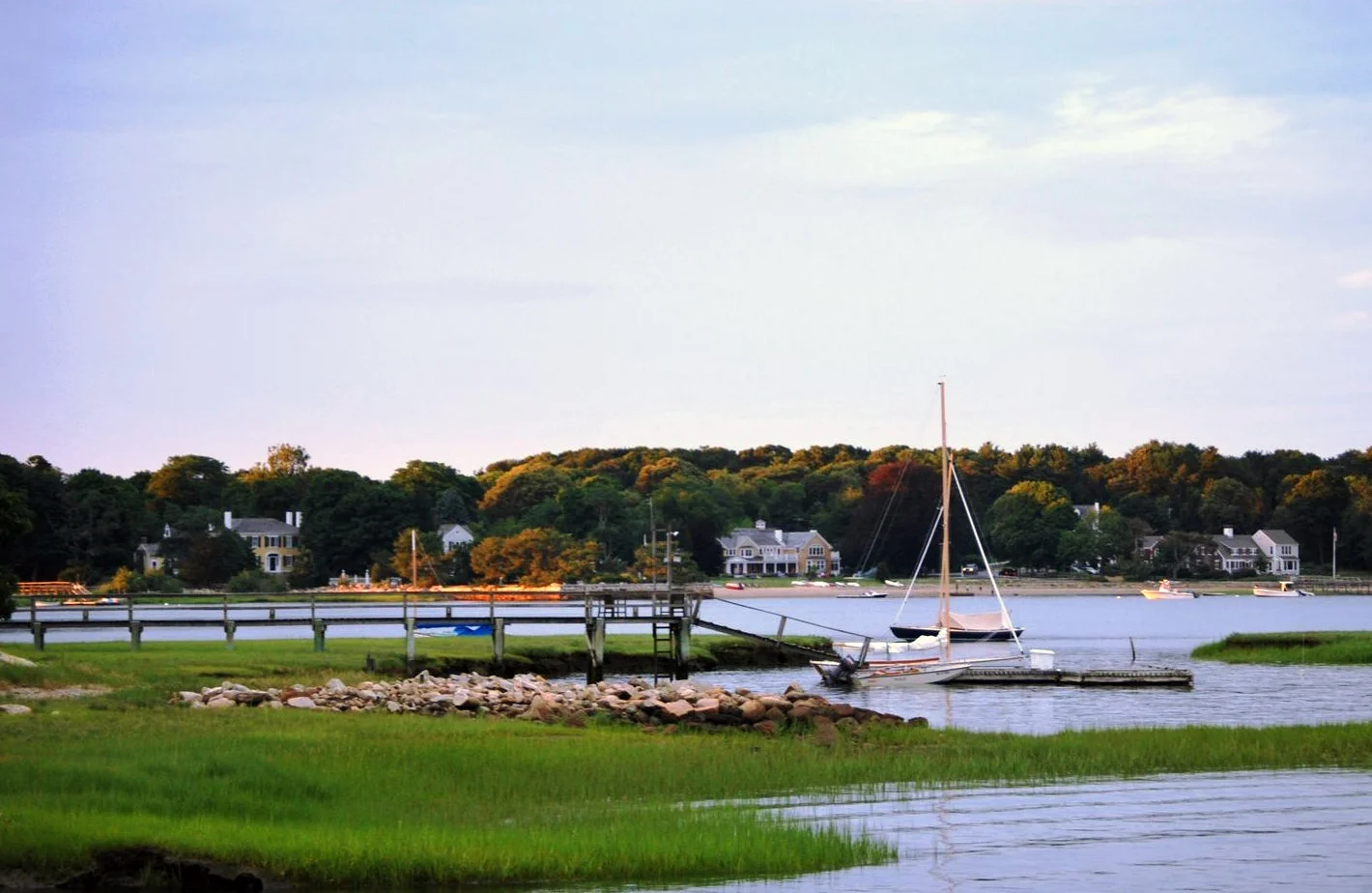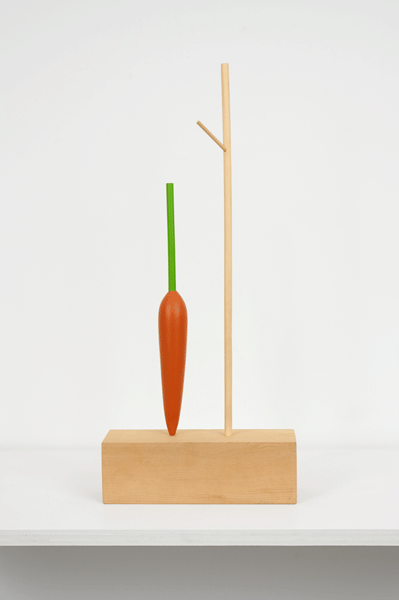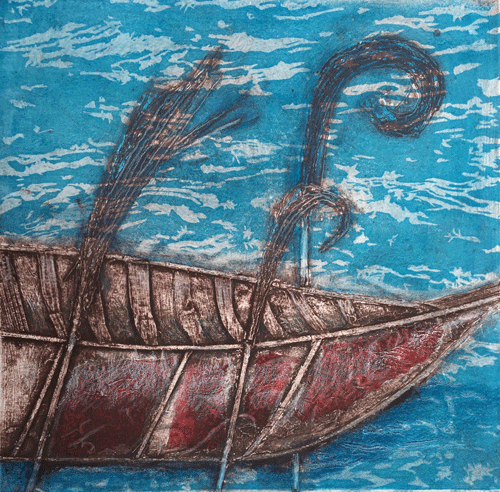On Thursday, Dec. 12, The Art Complex Museum, in Duxbury, Mass., will offer a program on Shaker furniture.
The museum explains:
“Hands to work. Hearts to God. They called themselves the United Society of Believers in Christ's Second Appearing, but the world called them Shakers because of their ecstatic dancing. The collection of Shaker furniture and crafts at The Art Complex Museum is widely recognized among experts for its fine examples of classic Shaker design. The initial interest in Shaker objects was inspired by Maud Moon Weyerhaeuser Sanborn (the grandmother of current museum director, Charles Weyerhaeuser), whose home in the Berkshires was close to the Hancock and New Lebanon Shaker communities. Participants will discover how Shaker communities celebrated the holidays, and how objects from the collection were used in daily life.’’
The most famous Quaker center is Shaker Village, in Canterbury, N.H. The village was established in 1792.
At its peak, in the 1850s, more 300 people lived, worked and worshiped in 100 buildings on 4,000 acres in the central New Hampshire town, farming, selling seeds, herbs and herbal medicines and making textiles, pails, brooms and other products. Wikipedia says that “the last resident, Sister Ethel Hudson, died in 1992, and the site is now a museum, founded in 1969, to preserve the heritage of the utopian sect.
“Canterbury Shaker Village is an internationally known, non-profit historic site with 25 original Shaker buildings, four reconstructed Shaker buildings and 694 acres of forest, fields, gardens and mill ponds under permanent conservation easement. It has been designated a National Historic Landmark for its architectural integrity and significance.’’
Perhaps the Shakers were doomed by one of their rules — celibacy.








